Disclosure: This article contains affiliate links. We may earn a commission from purchases at no extra cost to you, which helps our travel content.
There's something deeply satisfying about discovering the soul of an industrial American city that most travelers simply drive past. Waukegan, Illinois—positioned gracefully along Lake Michigan's western shore—is precisely such a place. As someone who's spent decades appreciating the intersection of craftsmanship and culture, I found myself drawn to this lakefront city's architectural narrative during a crisp autumn weekend. The city wears its history openly, from ornate 19th-century facades to repurposed industrial spaces, all set against the backdrop of Lake Michigan's expansive waters. This isn't the Illinois that tourists typically seek out, and that's precisely why it deserves your attention. C'est dans les vieux pots qu'on fait les meilleures soupes—the best soup is made in old pots—as my mother would say, and Waukegan's historic districts have been simmering with stories for over 150 years.
Waukegan's Architectural Time Capsule
Walking through Waukegan's Genesee Street Historic District feels like stepping through different chapters of American architectural history. The preservation here isn't pristine and polished like in tourist-heavy destinations—it's authentic, sometimes weathered, but always revealing the bones of exceptional craftsmanship.
The Genesee Theatre stands as the crown jewel, a 1927 movie palace whose restoration speaks to the city's commitment to preserving its cultural landmarks. I spent nearly an hour examining the intricate plasterwork in the main hall, recognizing techniques that haven't changed in centuries. The mechanical precision in these ornamental details reminds me of my father's workshop in Paris—where beauty and function were never separated.
Nearby, the 1891 Richardsonian Romanesque courthouse commands attention with its robust stone construction and distinctive round arches. What caught my professional eye were the original iron window mechanisms, still functioning after more than a century—a testament to the quality of materials and engineering principles that modern buildings rarely match.
For architecture enthusiasts, I recommend bringing a good pair of compact binoculars to appreciate the details on upper facades that are often missed. The craftsmanship is in the details, and Waukegan's buildings reward those who take time to look closely.
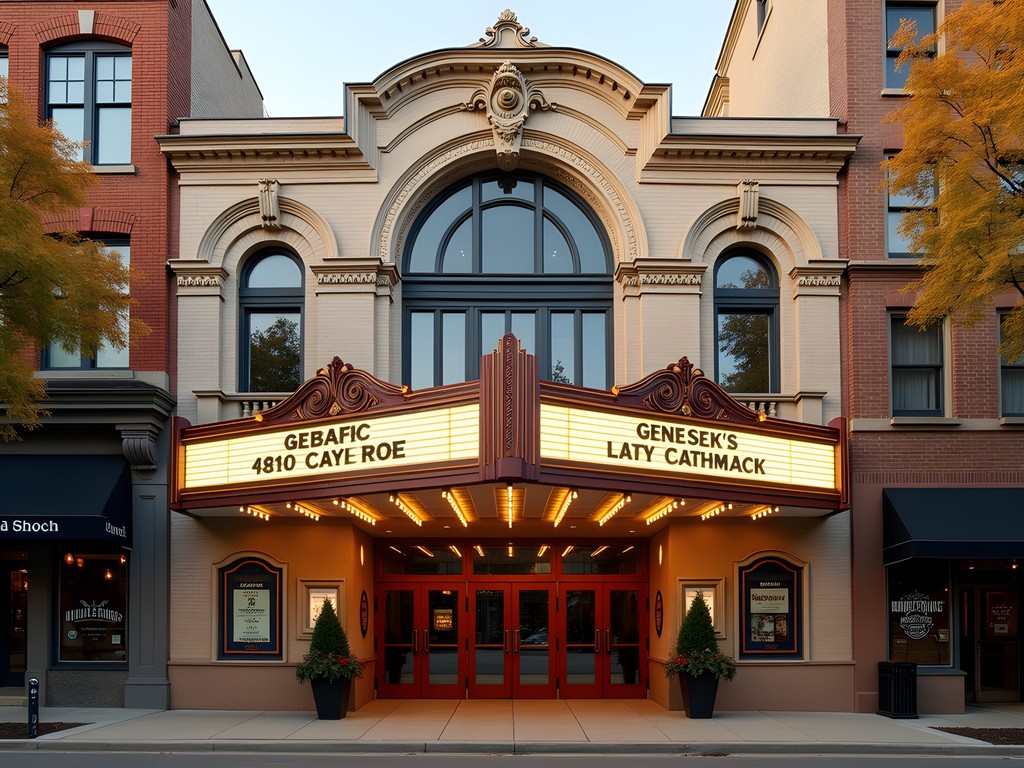
💡 Pro Tips
- Visit the Genesee Theatre even when there's no show—they often allow visitors to peek inside the main hall
- The historic district is compact enough to explore entirely on foot, so wear comfortable walking shoes
- Early morning light (around 8-9am) offers the best conditions for photographing the eastern-facing historic facades
Lakefront Heritage & Industrial Beauty
Waukegan's relationship with Lake Michigan defines its character, and nowhere is this more evident than along the harbor and lakefront areas. The city's industrial past merges with natural beauty in ways that remind me of certain ports in northern France—functional, weathered, yet possessing an undeniable aesthetic quality.
The Waukegan Harbor and Marina offer more than just boats and water; they provide context for understanding how this city developed. The lighthouse, though modest compared to some Great Lakes beacons, has guided vessels since 1889. Its utilitarian design—sturdy iron construction with minimal ornamentation—speaks to the Midwestern pragmatism that shaped these lakefront communities.
What truly captured my attention were the repurposed industrial buildings along the waterfront. As someone who appreciates mechanical systems and their evolution, I found myself studying the converted warehouses, noting how their original functions influenced their construction. The massive timber beams and iron fittings in these structures tell stories of engineering solutions from another era.
During my exploration, I used my weatherproof notebook to sketch interesting architectural details and make notes—something I'd highly recommend for fellow urban explorers. The lakefront area can get quite windy in fall, and having weather-resistant paper means your observations won't be lost to a sudden shower.
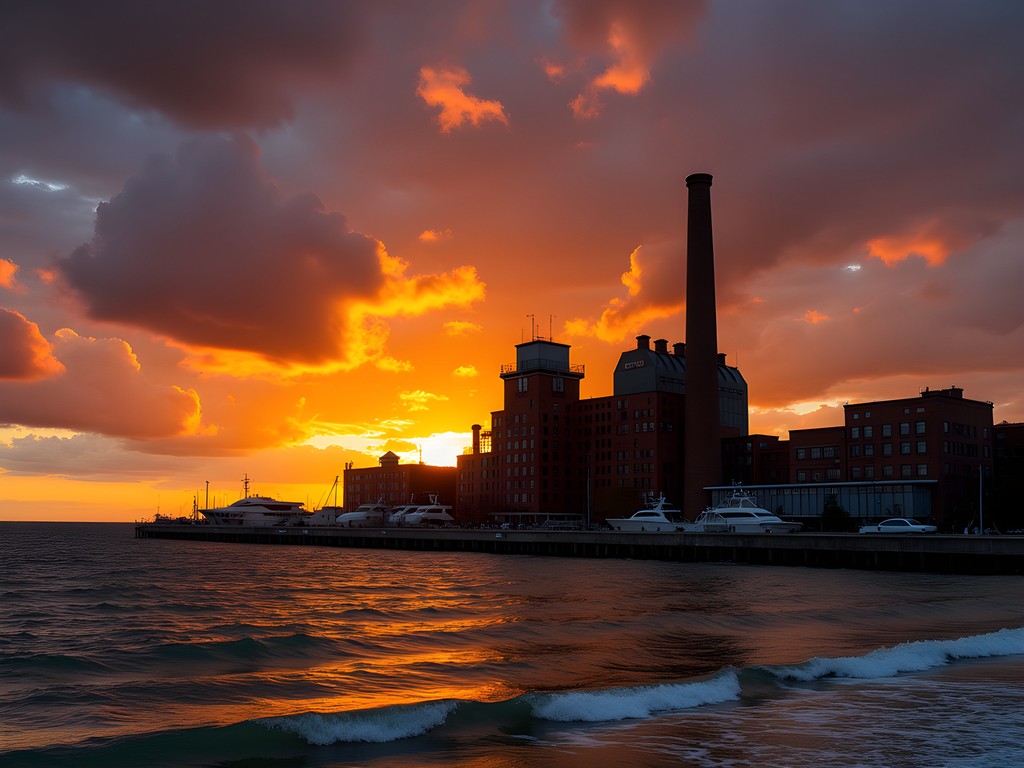
💡 Pro Tips
- Visit the harbor at sunset when the industrial structures create dramatic silhouettes against the colored sky
- The Waukegan History Museum offers excellent context for understanding the lakefront's development
- Walking the entire lakefront trail takes about 90 minutes—bring water and dress in layers for changeable lake weather
Ray Bradbury's Waukegan: Literary Landmarks
Few visitors realize that Waukegan served as the inspiration for the fictional Green Town in Ray Bradbury's seminal works, including Dandelion Wine and Something Wicked This Way Comes. As someone who appreciates how physical spaces influence creative expression, following Bradbury's footsteps through his hometown offered a unique perspective on both the writer and the city.
The Ray Bradbury Experience Museum, though modest in size, provides thoughtful context for understanding how Waukegan's landscapes and architecture shaped Bradbury's imagination. The Carnegie Library building (now the Waukegan History Museum) where young Bradbury spent countless hours reading stands as a testament to how public architecture can influence individual lives.
Walking through Bradbury Park with its ravine—the inspiration for many scenes in his works—I was struck by how the physical landscape of a place becomes embedded in its stories. The park's meandering paths and ancient trees create natural corridors that seem designed for storytelling.
The most rewarding experience was simply wandering the residential streets near Washington Park, where Bradbury grew up. Many homes from the 1920s and 30s remain, and it's easy to see how these Midwestern architectural styles—with their welcoming porches and mysterious attics—populated the author's fictional Green Town.
I documented my literary exploration using my portable camera, which excels in capturing the nostalgic quality of these historic neighborhoods. Its film simulation modes perfectly rendered the autumn light filtering through mature trees onto century-old homes.
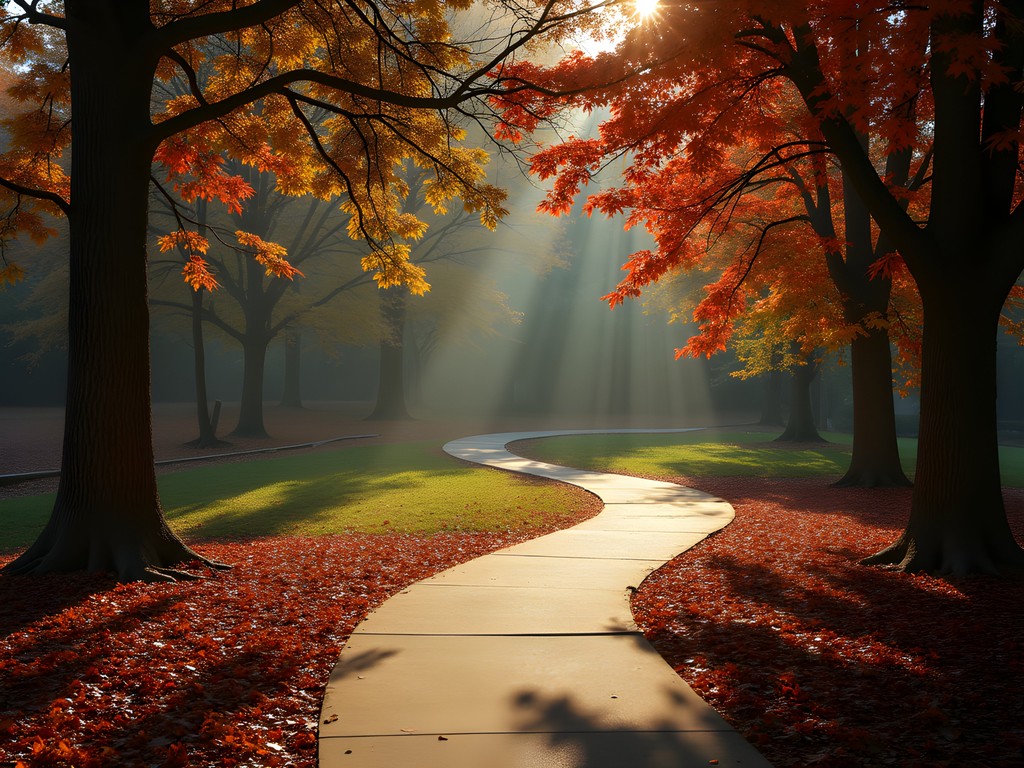
💡 Pro Tips
- Read at least one Bradbury story set in Green Town before visiting to appreciate the connections
- The Waukegan History Museum staff can provide a self-guided tour map of Bradbury-related sites
- Visit Washington Park in late afternoon when the shadows grow long—you'll understand why Bradbury was so attuned to the quality of light in his descriptions
Cultural Diversity in Architecture & Cuisine
What makes Waukegan particularly fascinating is how waves of immigration have shaped its built environment and cultural landscape. The city's architectural story isn't limited to its downtown landmarks—it extends into neighborhoods where different cultural influences are expressed through both grand and humble structures.
The Holy Trinity Church, with its distinctive Eastern European-influenced design, stands as a testament to the Lithuanian community that once thrived here. The craftsmanship in its woodwork reminded me of techniques I've observed across Europe—the universal language of skilled hands transcending borders.
In the southern neighborhoods, the influence of Mexican and Central American communities becomes evident in colorful murals and adaptively reused storefronts. These areas demonstrate architecture as a living, evolving practice rather than simply preserved history. The way these communities have transformed utilitarian spaces into vibrant cultural centers speaks to the resilience and creativity that often goes unrecognized in architectural discussions.
This cultural diversity extends to Waukegan's culinary landscape. Between architectural explorations, I discovered authentic Mexican establishments like La Casa de Samuel and Taquería El Norte, where the handcrafted quality of the food mirrored the handcrafted nature of the city's built environment.
Le ventre vide n'a point d'oreilles—an empty stomach has no ears—as we say in France. To fully appreciate Waukegan's architectural treasures, fuel your explorations at these local establishments rather than chain restaurants.
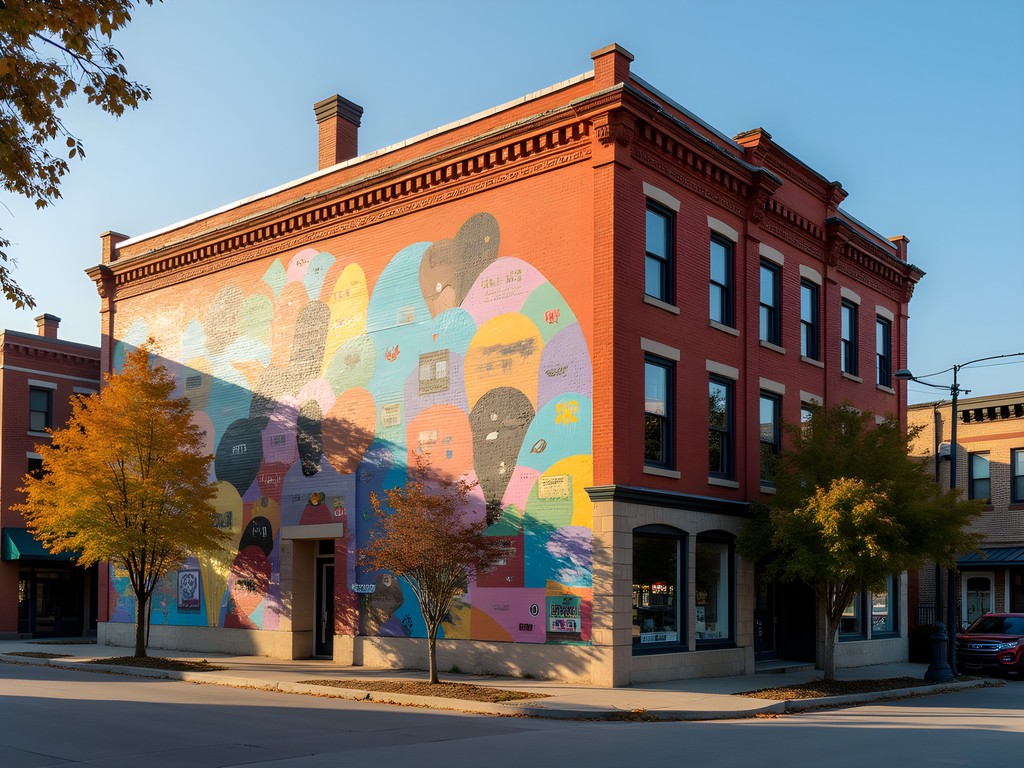
💡 Pro Tips
- Visit Holy Trinity Church on Sunday morning when the interior is accessible and the light through the stained glass is most impressive
- The Mexican Independence Day celebrations in September feature special access to community buildings not typically open to visitors
- Local bakeries like Panadería Nuevo León offer the perfect afternoon energy boost during architectural walking tours
Budget-Friendly Exploration Strategies
Exploring Waukegan's architectural heritage doesn't require deep pockets—in fact, some of the most rewarding experiences come at little to no cost. As someone who values substance over luxury in travel, I found this lakefront city perfectly suited to meaningful budget exploration.
The Waukegan History Museum offers free admission, providing essential context for understanding the city's development. Their walking tour maps (available for a small donation) are worth their weight in gold, offering self-guided routes through different historical periods and architectural styles.
One of my favorite discoveries was the Waukegan Public Library—not just for its information resources but for its architecture. The 1965 modernist building features fascinating mechanical systems that are visible by design, showcasing the functional beauty that I've always appreciated as a mechanic. The library also hosts free exhibitions on local history and architecture throughout the year.
For accommodation, I bypassed the chain hotels and opted for the Airbnb experience, securing a room in a restored 1920s bungalow near Washington Park. This not only saved money but provided an immersive experience in historic residential architecture that no hotel could match.
Waukegan's location just an hour from Chicago via Metra train makes it accessible without a rental car—another significant budget saver. The compact nature of its historic districts means that once you've arrived, everything is walkable.
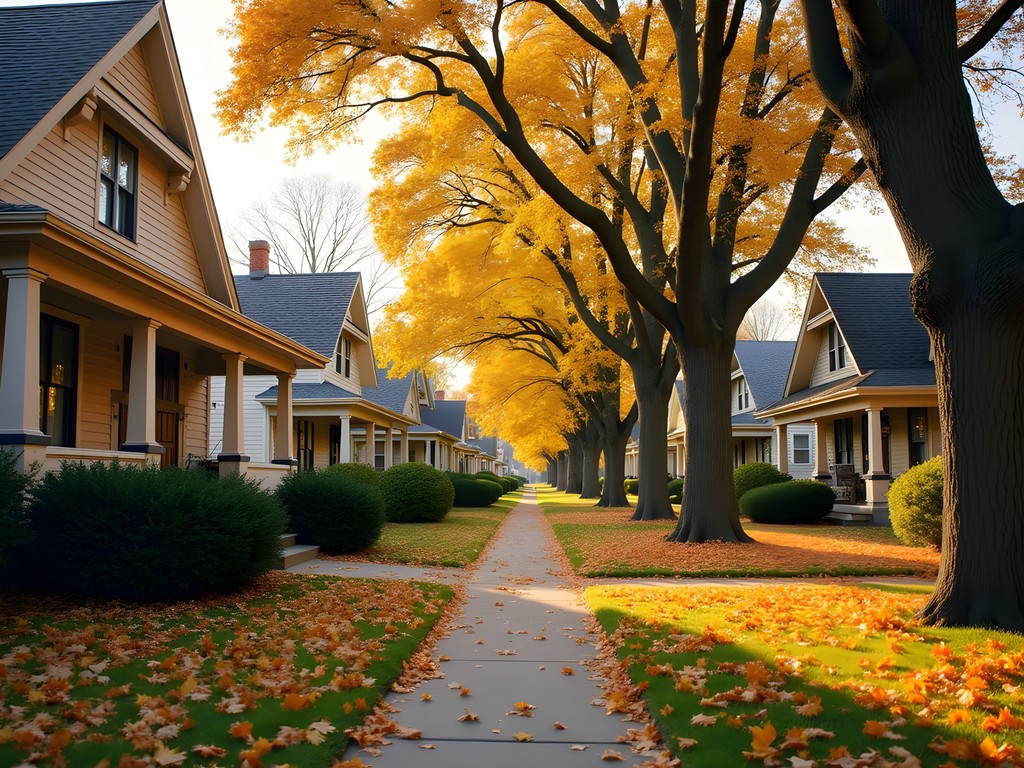
💡 Pro Tips
- The Waukegan Park District offers free guided architecture tours on the first Saturday of each month (May-October)
- Visit the Waukegan History Museum first to collect free maps and background information
- Pack a picnic lunch to enjoy in one of the historic parks—Washington Park offers the best combination of historic atmosphere and lakefront views
Final Thoughts
As I boarded the Metra train back to Chicago, watching Waukegan's lakefront fade into the distance, I found myself reflecting on how this overlooked city embodies what I value most in urban exploration—authentic history expressed through craftsmanship, cultural layering revealed in architectural details, and stories waiting to be discovered by those willing to look beyond the obvious. Waukegan may not appear in many travel guides, but for couples seeking a meaningful weekend of exploration without breaking the bank, its architectural legacy offers rich rewards. The city reminds us that understanding how things are built—whether buildings, communities, or stories—gives us deeper appreciation for the places we visit. As my father would say while teaching me to repair engines: Comprendre comment ça marche, c'est déjà l'avoir à moitié réparé—understanding how something works is already half the repair. Perhaps in exploring overlooked places like Waukegan, we repair our connection to America's diverse architectural heritage.
✨ Key Takeaways
- Waukegan offers an accessible, budget-friendly window into America's architectural evolution over 150 years
- The literary connections to Ray Bradbury provide a unique lens for understanding how physical places inspire creativity
- Cultural diversity is expressed through both grand and humble architectural features throughout the city
- Fall provides the ideal combination of comfortable temperatures and beautiful lighting for architectural photography
📋 Practical Information
Best Time to Visit
September-October for fall foliage and comfortable temperatures
Budget Estimate
$200-300 for a weekend (excluding transportation to the region)
Recommended Duration
2-3 days
Difficulty Level
Easy
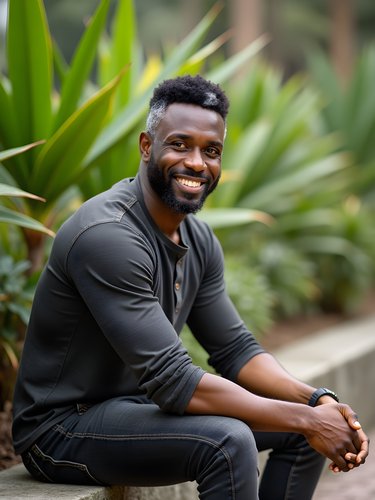

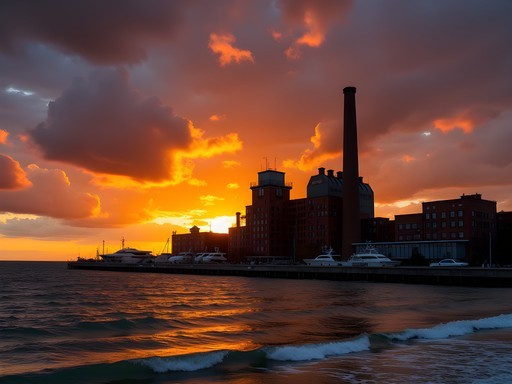
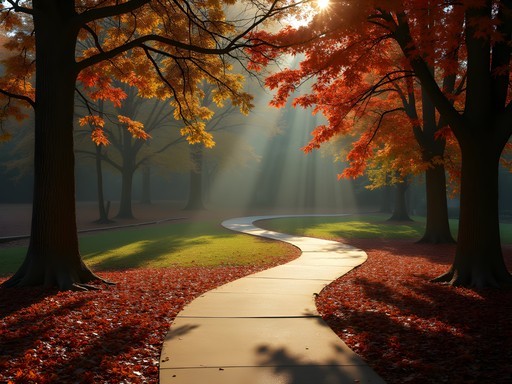
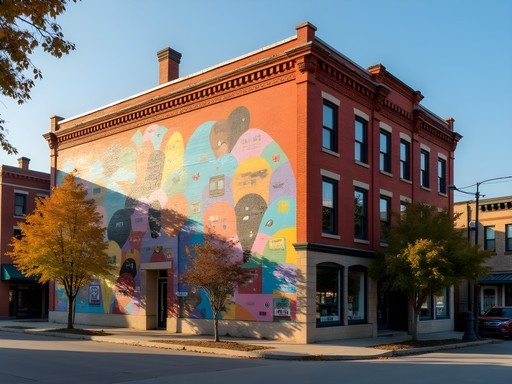
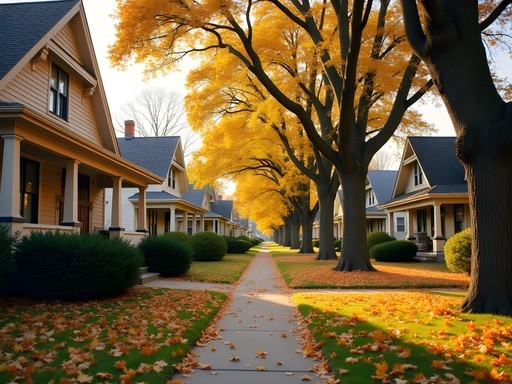










Comments
Douglas Bradley
Nathan, this piece resonates with my own approach to travel writing. These industrial lakefront cities across the Great Lakes basin share such similar DNA yet each has unique architectural fingerprints. I explored several Lake Michigan communities last year for a series on post-industrial tourism, and Waukegan's preservation efforts stand out. The juxtaposition of the art deco details against utilitarian industrial structures creates a fascinating visual dialogue about American economic history. Did you happen to visit the Johannes Steeple Building? The restoration work there is particularly impressive. I find these overlooked cities often tell us more about American cultural evolution than the typical tourist destinations.
Nathan Mitchell
Douglas, I completely agree about these overlooked industrial cities having so much to tell us. I did see the Johannes Steeple Building from the outside but didn't get a chance to go in. Your post-industrial tourism series sounds fascinating - I'd love to check it out!
greenninja
Just visited Waukegan last weekend after reading this! The Carnegie Library building is stunning, and I stumbled on a great little Mexican restaurant on Genesee Street. The lakefront was windier than expected though - wish I'd brought my packable windbreaker instead of leaving it in the car. Definitely agree about the mix of architectural styles - feels like walking through different eras. Thanks for highlighting a place most travel blogs ignore!
vacationblogger
Which Mexican restaurant did you find? Always looking for good food recommendations!
greenninja
It was called La Casa de Samuel. Amazing mole sauce and homemade tortillas. Cash only though!
vacationblogger
Love that shot of the lakefront with the old industrial buildings! Really captures that rust belt beauty you described. Added Waukegan to my list of unexpected places to check out.
greenphotographer
Great post! I'm heading to Chicago next month and thinking about a day trip. Is it easy to get around Waukegan without a car once you arrive by Metra?
cityzone
Not Nathan, but I found downtown pretty walkable from the Metra station. The lakefront and main historic buildings are all within about a 15-20 minute walk. There are buses too but they don't run super frequently.
Nathan Mitchell
What cityzone said is spot on. The downtown area is compact enough to explore on foot, and the Metra station is centrally located. I'd recommend bringing a good pair of walking shoes though - some of the side streets are worth exploring!
cityzone
Never thought I'd see a blog post about Waukegan! Grew up about 30 minutes from there and always saw it as just another industrial town. Visited last summer and was surprised by the architecture downtown - those old buildings really do tell a story. The Genesee Theatre is gorgeous inside if you can catch a show there. And the Ray Bradbury connections make it special - did you check out the little park with his quotes? Definitely an underrated spot for architecture buffs.
Nathan Mitchell
Thanks cityzone! Yes, I did visit the Ray Bradbury Park - those quote plaques really bring his connection to the city to life. The Genesee was closed for a private event when I was there, but I'll definitely check it out next time!
MidwestExplorer
That sunset shot over the lake is absolutely stunning! What camera do you use?
Nathan Mitchell
Thanks! Just my phone actually - Google Pixel 8. The lakefront light was magical that evening.
travelwithkids88
Really cool! Love finding these hidden gem cities!
LakeMIFan
Going there next month! How was public transportation around town once you arrived? Trying to decide if I need to rent a car or not.
Nathan Mitchell
The downtown area is pretty walkable from the Metra station. If you're just exploring the historic district and lakefront, you can do it on foot. For anything further out, you might want to use rideshare or rent a car. The local bus system exists but runs limited schedules.
LakeMIFan
Perfect, thanks! We'll probably just walk and maybe use Uber if needed.
Douglas Bradley
Nathan, this is exactly the type of overlooked destination coverage I appreciate. Industrial cities with rich architectural histories often provide more authentic experiences than the typical tourist circuits. I visited Waukegan briefly last year while researching Great Lakes industrial heritage sites and was struck by the juxtaposition of the historic downtown against the lakefront industrial landscape. The Ray Bradbury connection is particularly fascinating - his descriptions in 'Dandelion Wine' create such a vivid sense of place. Did you have a chance to visit the Bradbury mural on Clayton Street? It's a remarkable tribute. For those interested in exploring similar Midwestern industrial towns with architectural significance, I've found that architectural guide provides excellent context for understanding these often overlooked urban landscapes.
Nathan Mitchell
Thanks Douglas! I did see the Bradbury mural - it's fantastic. There's something special about these overlooked industrial cities that have such rich histories hiding in plain sight. The Metra from Chicago makes it such an easy day trip too.
Hunter Thompson
Just got back from a weekend trip to Waukegan after reading this post! The Ray Bradbury connections were absolutely brilliant - I'm a massive sci-fi fan and walking the same streets that inspired 'Dandelion Wine' was surreal. The Genesee Theatre is a proper gem too, caught a small indie band there and the acoustics were fantastic. One tip for visitors: don't miss the lakefront at sunset! The industrial silhouettes against the colorful sky make for incredible photos. I used my travel tripod to get some long exposure shots that turned out amazing. Also found this great Puerto Rican restaurant called El Famous that wasn't mentioned in the post - the mofongo was incredible! Waukegan's diversity really shows in its food scene.
Nathan Mitchell
Thanks for the El Famous recommendation, Hunter! I missed that one during my visit. And you're absolutely right about those lakefront sunsets - they're spectacular with the mix of natural beauty and industrial elements.
Venture X
Premium card with 2X miles, $300 travel credit, Priority Pass